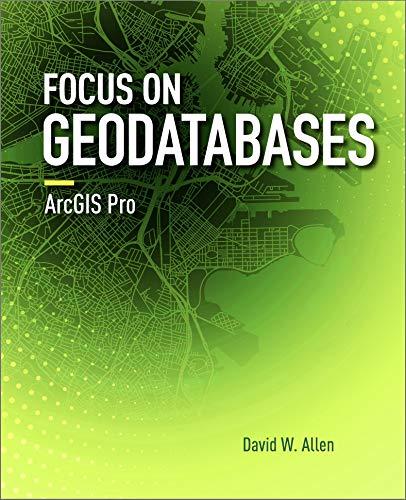Answered step by step
Verified Expert Solution
Question
1 Approved Answer
Q4. Answer the following questions: a) Show that if d(n) is O(f(n)) and e(n) is O(g(n)), then d(n)+e(n) is O(f(n)+g(n)). b) 2n+1+n3 is O(2n) :


Step by Step Solution
There are 3 Steps involved in it
Step: 1

Get Instant Access to Expert-Tailored Solutions
See step-by-step solutions with expert insights and AI powered tools for academic success
Step: 2

Step: 3

Ace Your Homework with AI
Get the answers you need in no time with our AI-driven, step-by-step assistance
Get Started


